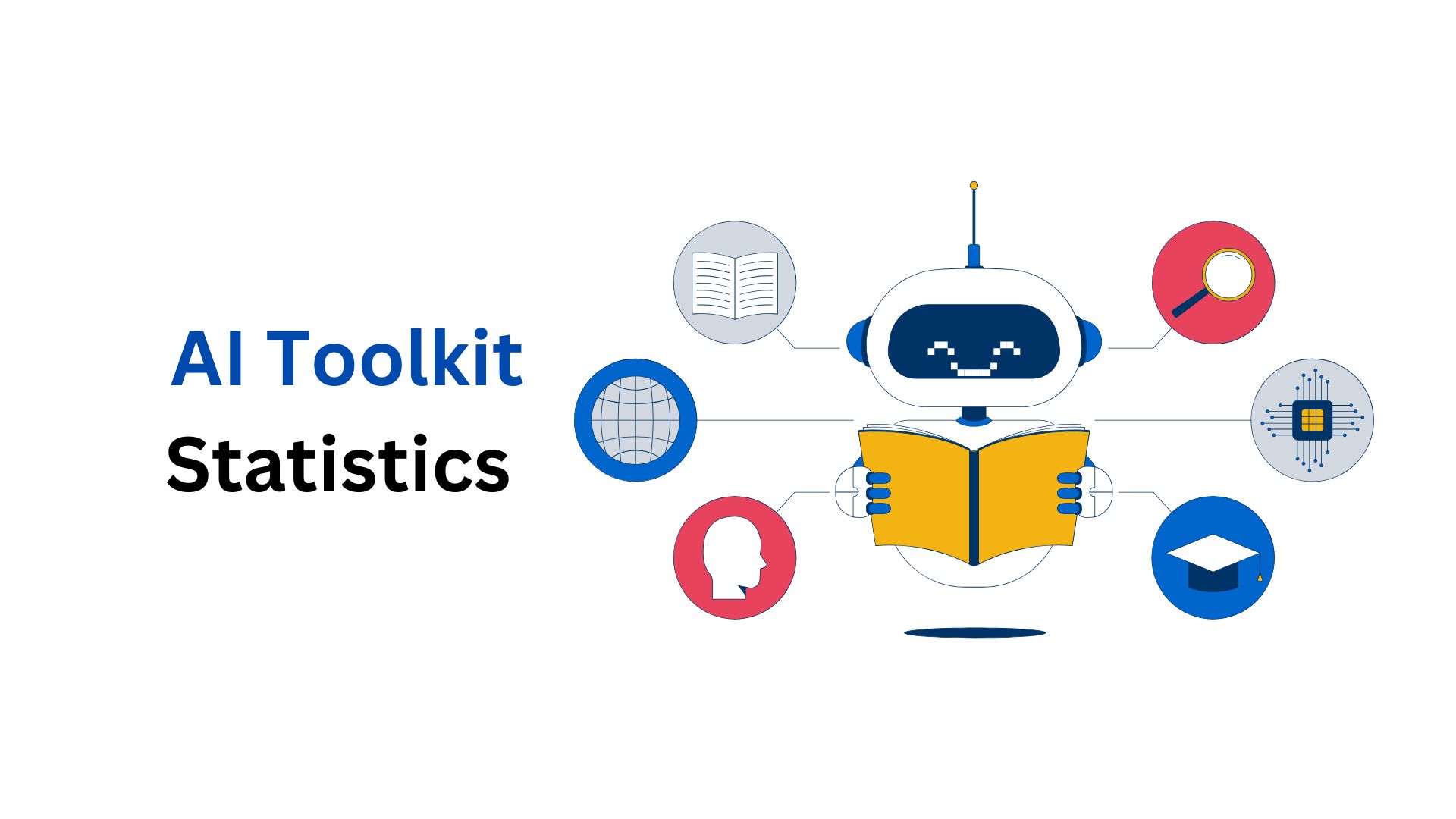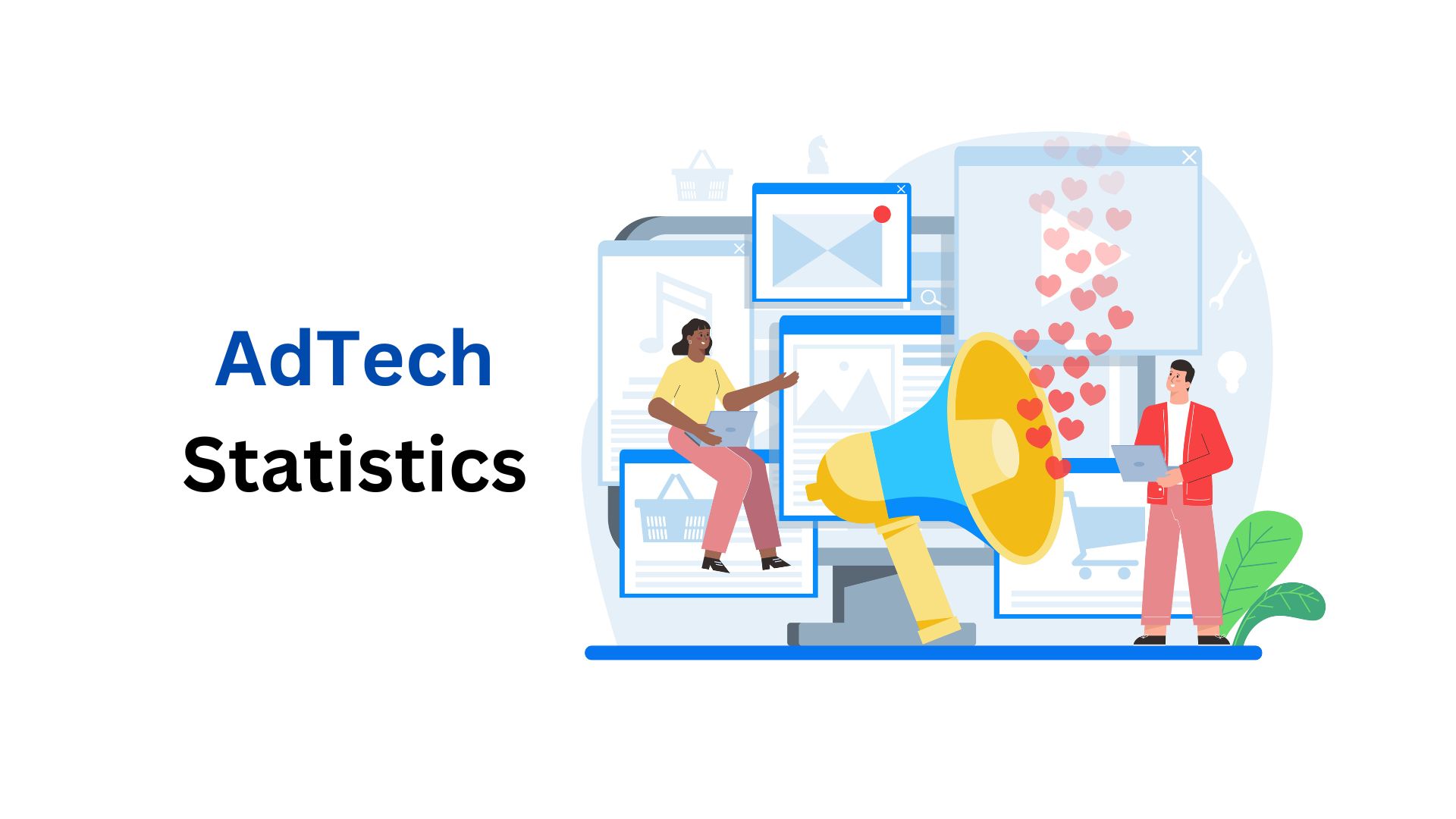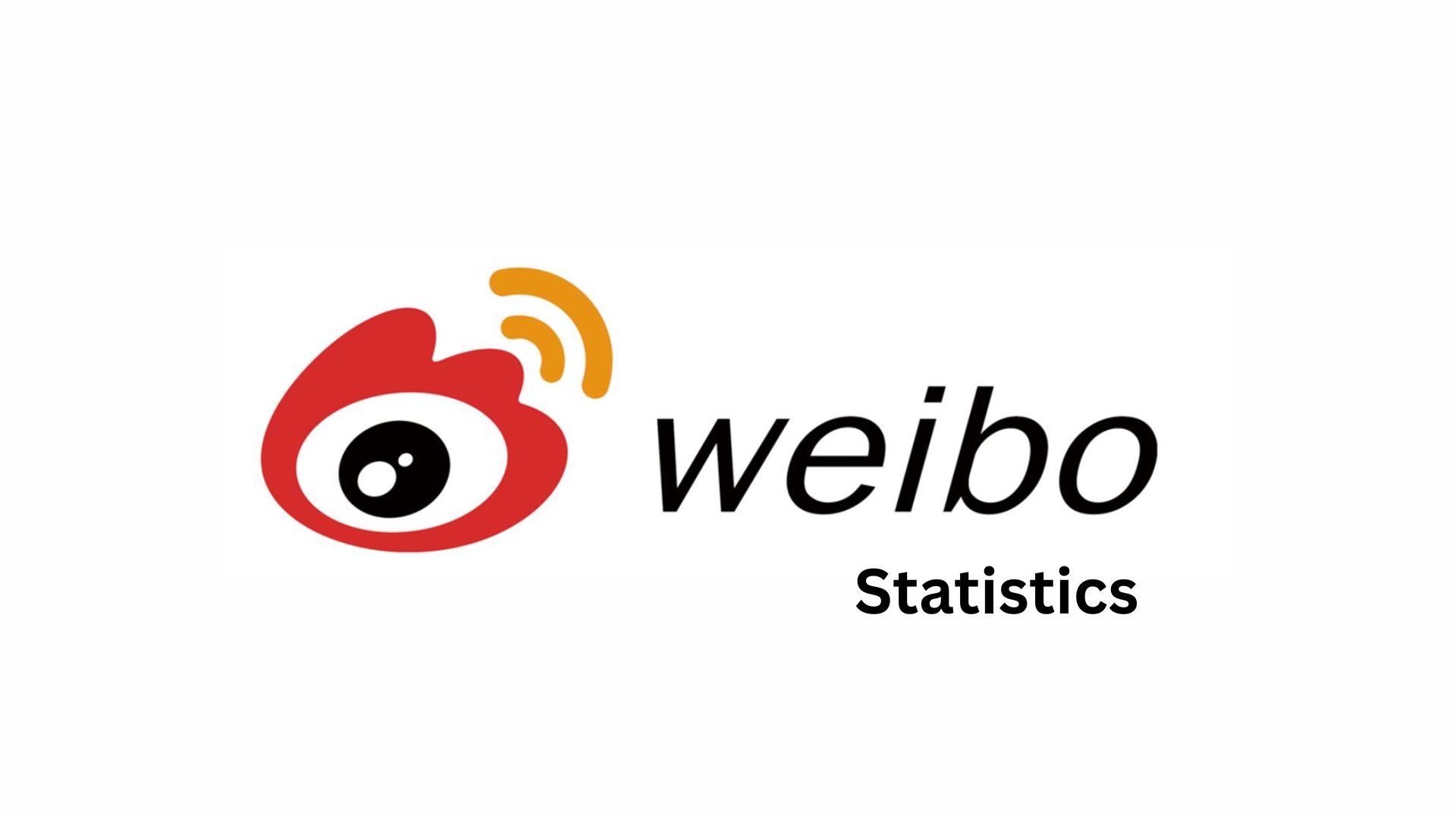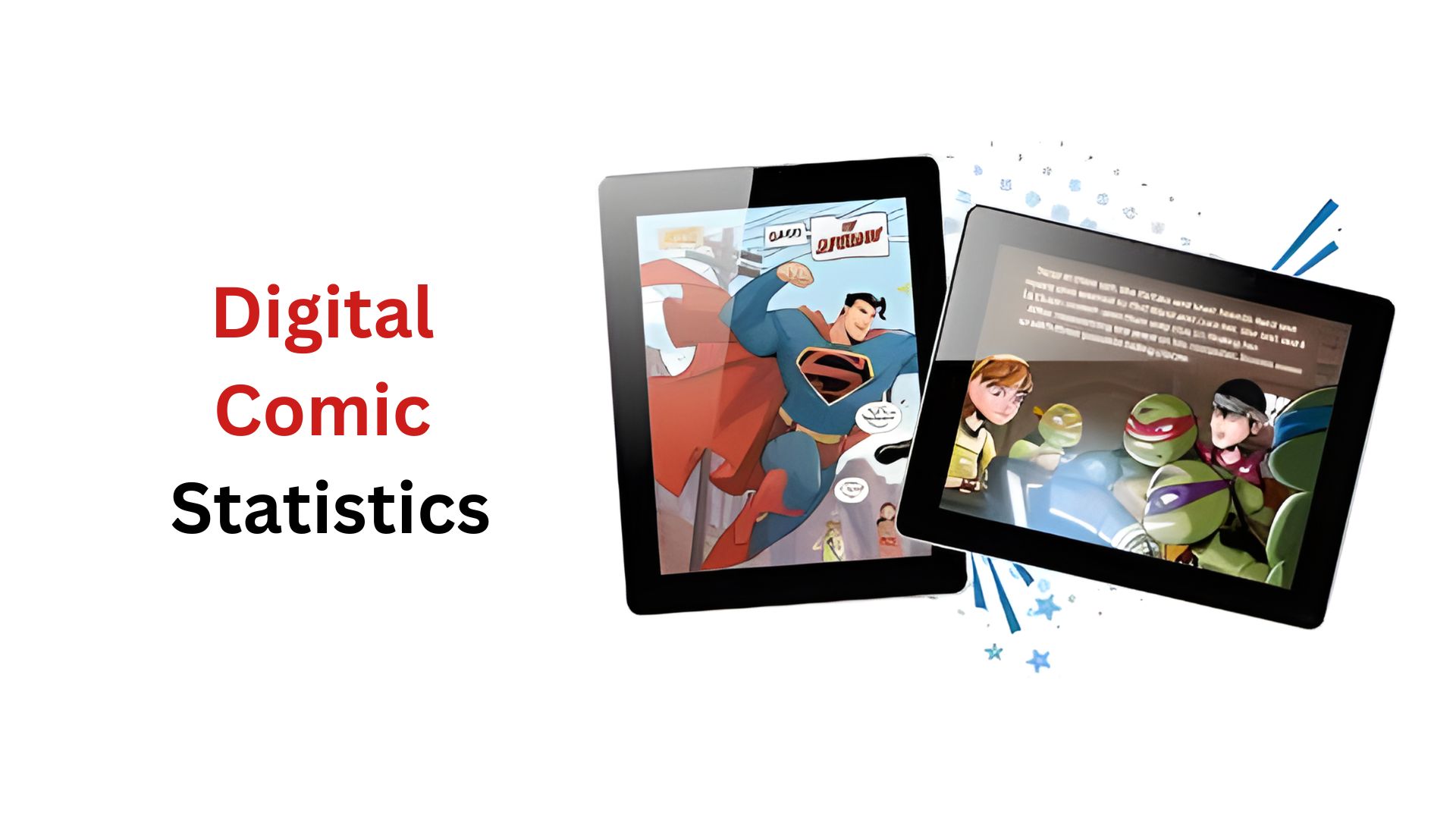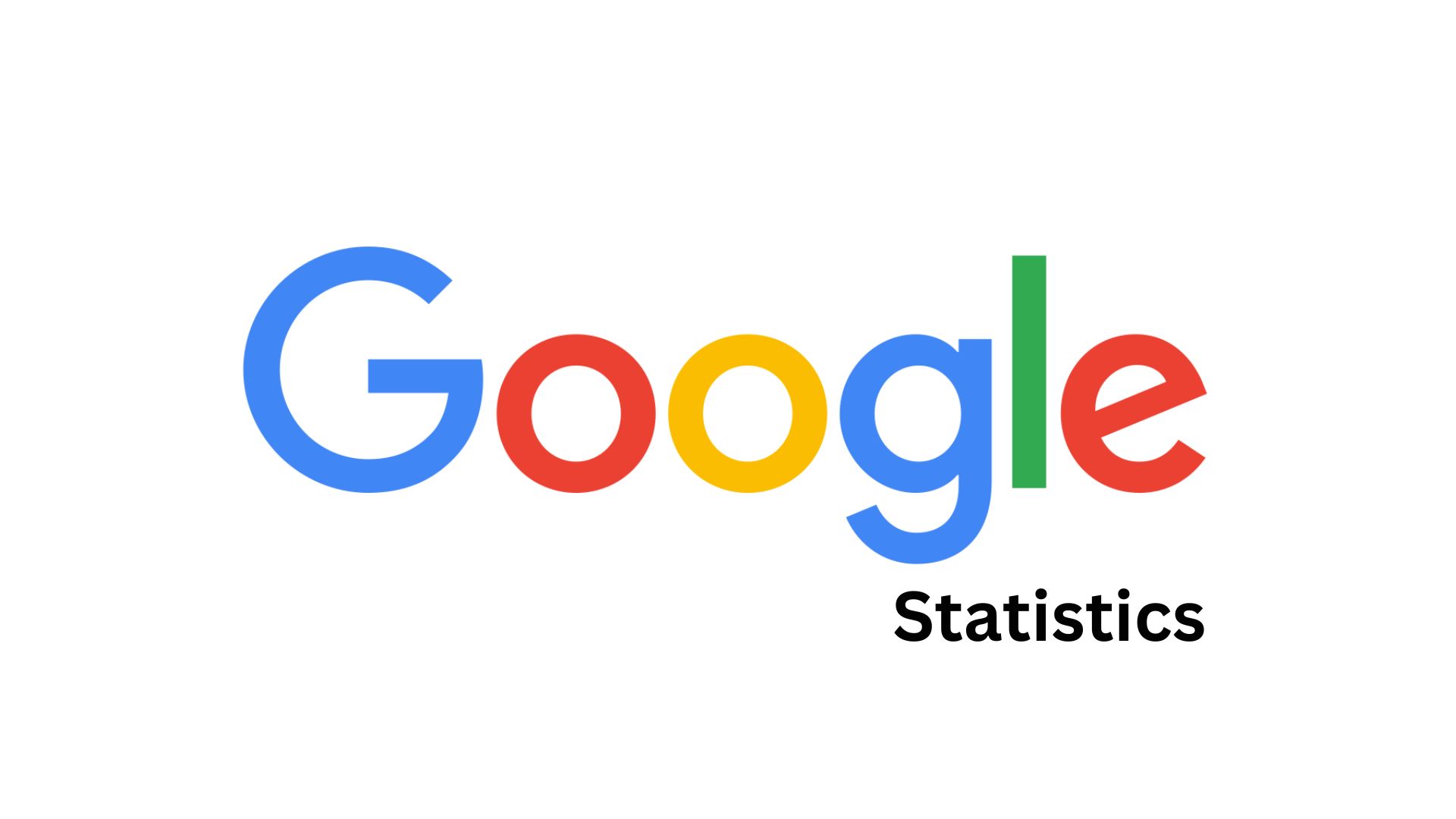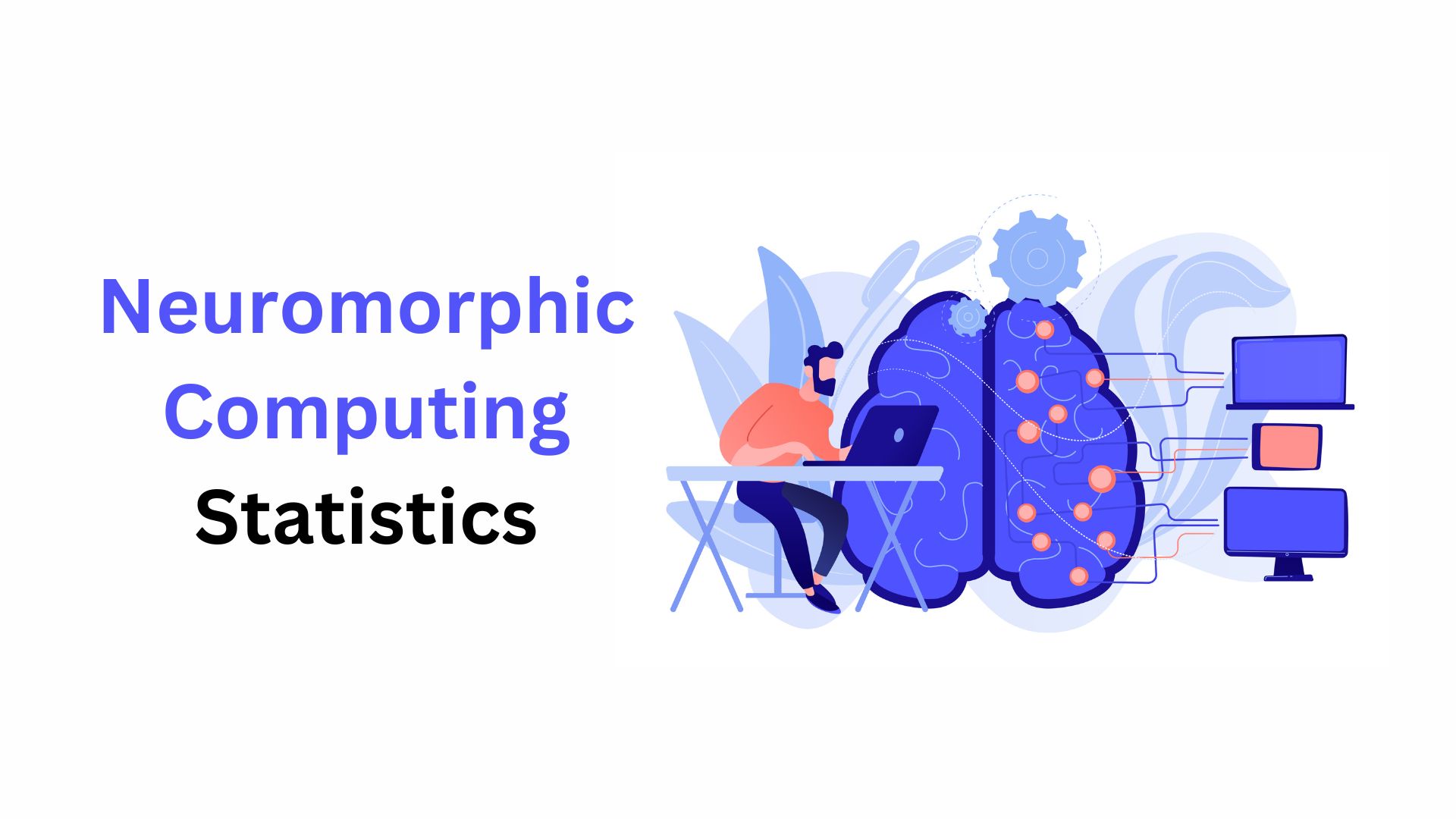Customer Engagement Statistics By Industry, Social Media And Facts (2025)
Updated · Jul 07, 2025
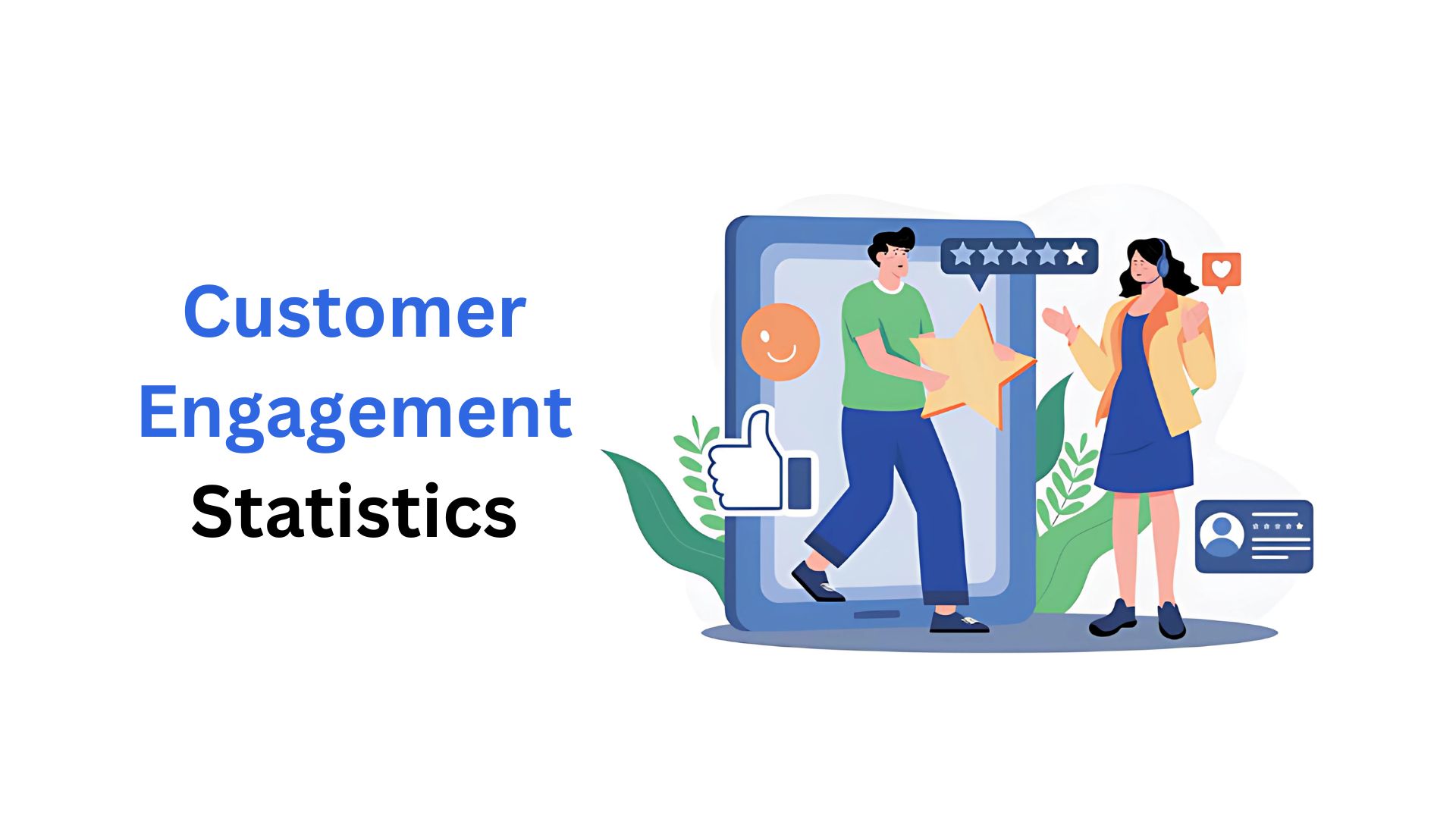
Table of Contents
Introduction
Customer Engagement Statistics: Customer engagement has evolved as a business cornerstone in 2024. With stiff market competition and shifting consumer expectations, companies are willing to invest in substantial engagement to drive loyalty and growth.
In 2024, companies invested heavily in customer engagement as a core strategy to foster loyalty and boost growth. The global spending on customer‑engagement solutions reached USD 26.28 billion, with North America alone accounting for USD 9.17 billion of that total. Businesses that prioritized digital engagement saw revenue increases of up to 90 percent on average.
Personalized interactions proved especially profitable: when brands tailored experiences, consumers spent 21 percent more, and 80 percent of buyers became more likely to purchase. Additionally, fully engaged customers generated 51 percent more revenue than their disengaged counterparts, spent 60 percent more per transaction, and increased cross‑sell and up‑sell revenue by 22 percent and 38 percent, respectively.
These figures underscore how strategic investment in omnichannel engagement and personalization — backed by measurable outlays in the tens of billions of USD — directly correlates with stronger revenue, higher transaction value, and improved customer lifetime value.
This article discusses the recent customer engagement statistics to shed light on current trends, behaviours, and the effect of engagement strategies on business results.
Editor’s Choice
- Fully engaged customers contribute 23% more in terms of profitability, revenue, and share of wallet, while disengaged customers lead to a 13% loss.
- Returning customers outspend new customers by 67%, and satisfied customers stay loyal for up to another five years.
- Despite the very nature of digital trends, 82% of shoppers prefer the in-store experience; 40% check product information on their mobile phones while in-store, and 36% compare prices.
- 42% of consumers will discard brands due to social stands taken by them. 21% of those persons never return; 60% of those consumers are influenced by a company’s beliefs and actions.
- With regard to the companies that invest in digital engagement, they find their revenue soaring by 90%, and their service costs starting to fall by a third.
- As much as 80% of customers always buy more whenever experiences are customised for them; 71% expect it, while 76% feel irritated when there is none.
- According to recent stats, brand loyalty among consumers dropped to 66% in 2023 from 76% in 2022.
- 52% of companies that claim to be customer-obsessed witness increases in engagement and loyalty.
- Consumers who feel valued through brand communications account for 27% of all brand loyalists.
- Facebook has a monthly active user base of 38.7%; American users spend about 30.9 minutes on it daily.
- At 69.9%, the average eCommerce cart abandonment rate remains quite high: prior conversion records mention a 5.8% uplift from PayU by removing just one checkout friction point.
- In nearly 90% of cases, hotel guests use mobile apps to manage their stays.
- 47% of patients express a preference for healthcare providers who offer personalised communication and care.
- 52% of car buyers investigate options online before visiting the showroom, and 91% are bolstered by reviews.
- 86% of customers are willing to pay more for a better experience, and 88% say experience carries equal weight with the product or service itself.
Customer Engagement Value
- Drawn from Gallup, customer engagement statistics show that customers who are engaged fully bring in 23% more business in profits, revenue, and share of wallet. In contrast, disengaged customers cause a loss of 13%, thus making the engagement of utmost importance in the lucrative dimension.
- Modern-day customers work on their research before they go and engage with businesses; 57% of the purchase decision has already been made before any direct interaction. Returning customers spend 67% more after engagement than new customers, and satisfied customers are seen to remain loyal for up to five years longer.
- Even with the digital boom, 82% of shoppers still care about their experience inside the store. Of huge importance are mobile phones: 40% use them while still in the store to look up info about a product, whereas 36% check prices there and then to compare with others.
- 42% of consumers will ditch brands because they are not satisfied with their social stance, and 21% of these will never turn back. In addition to this, 60% of consumers in the U.S. will be swayed by the beliefs and actions of a company’s executives and staff.
- Some companies that invested in digital engagement claimed that the average increase in revenue was 90%. It further results in a cost-cutting of service by as much as 33%, with another 60% agreeing that it increases the rand's ability to deliver on customer needs.
- Strategic omnichannel engagement yields an average of 10% year-on-year growth, order values 10% higher, and close rates with a 25% increase day-to-day. So, businesses that meet and greet customers wherever they are-online, offline, in apps-earn measurable results.
- Now, customers expect brands to be aware of and cater to their preferences:
- 80% are more willing to purchase when the experience is personalised.
- 71% expect personalisation; 76% get annoyed when miss.
- And here’s where the gap shows through: 91% of brands believe they’re personalising adequately; only 56% of customers agree.
- While it’s good to keep personalisation on the radar, 42% of brands claim that managing customer experience with data security stands as their top challenge in terms of engagement. Engaging well requires two things: trust and transparent data handling.
Customer Engagement And Loyalty

(Reference: emarsys.com)
- Engagement or emotional attachment to customers for loyalty in return is a necessity for a brand’s long-term success, but the recent trend seems to be against it.
- In 2023, 66% of consumers said that they were loyal to a brand, whereas in 2022, this figure was around 76%.
- Such a sharp fall is symptomatic of this changing consumer landscape, where loyalty has come relatively harder to earn and easier to lose.
- It insinuates that customers are now choosier and expect brands to provide value, experience, and authenticity.
- In any case, loyal customers are a brand’s best asset; loyal customers are 64% more likely to buy often than their counterparts who aren’t. It is these loyal customers who will support the brand whenever there is an algorithm shift or when a campaign falls short.
- 11% consumer base, acknowledging that they indeed receive experience worthy of loyalty, is a huge gap between delivery and perceived expectation. This, therefore, speaks volumes about brands’ inadequacies in carrying on with the customer experience and presents a missed opportunity for fortification of the relationships.
- According to Forrester, half-plus-two % of “customer-obsessed” companies have their engagement and loyalty strengthened. This, again, supports the credo that focusing on customer needs and experiences is, more than just branding, a good business strategy. Yet, the expectations indeed get bigger.
- In 2023, one-fifth of consumers felt that brands should do more to earn their loyalty, while the proportion was only 13% in 2022. Customers demand personalised, respectful, and meaningful experiences.
- 27% of all consumers might back a brand that makes them feel valued in the way it communicates with them. This almost serves as a reminder to personalise beyond marketing content and into how companies engage, listen, and respond to individual customer needs.
Social Media Customer Engagement
- Social media engagement rates offer key insights for marketers trying to fine-tune their digital strategy. Instagram brings an average engagement rate of around 0.71%, varying substantially with format.
- Carousel posts are the best format with 1.26%, not too far followed by reels with 1.23%, and they are pretty much outperformed by photo posts with only 0.59%. These differences deep down emphasise choosing the right format for maximum audience interaction.
- With the help of content schedulers and analytics platforms, marketers can plan, post, and analyse content more efficiently so that strategies can be optimised to foster stronger customer connections across platforms.
- The Luxembourg-based social networking site has continued to clock an audience reach ratio of 38.7% of the global population every month.
- On average, users spend 30.9 minutes a day on Facebook in the U.S. Obvious opportunities abound here for businesses to engage. This can be done by working on compelling content, targeted ad campaigns, and engagement such as commenting and messaging with followers.
- Live videos and interactive polls offer even more engagement opportunities, while keeping an eye on performance metrics guarantees they will continue to improve and remain relevant.
- On X, Twitter, hashtags directly drive engagement. Posts with one or two hashtags often attain a 21% engagement lift.
- Hashtags mostly help users find content categorically once they start following related topics.
- A company like Nike might use targeted hashtags like #FitnessGoals or #RunWithNike to promote new products while blending in with ongoing conversations. This gives more exposure to their content, thus receiving likes, retweets, and replies, which all strengthen engagement.
E-commerce Customer Engagement By Industry
- Cart abandonment stands as one of the huge challenges in eCommerce, with an average rate of 69.9%. Given such a high rate, checkout optimisation becomes critical. Among other solutions, businesses could simplify the user journey, set clear expectations on steps to take, and send personalised follow-up reminders.
- In one case, PayU demonstrated that removing a single friction point (asking users for their email address) resulted in a 5.8% lift in conversions, sourced from data-driven A/B testing. This indicates that continuous testing and streamlining the customer experience to eliminate drop-offs are worth engagement on the eCommerce platform. Half of consumers expect their financial institutions to provide them with personalised tools, services, and product recommendations based on their personal financial goals.
- Nearly 90% of guests prefer hotels that provide them with an App that allows them to manage their stay. Such apps enhance engagement by providing features including: mobile check-ins, direct-messaging among customers and staff, and easy access to loyalty programs.
- As per the Invoca report, customer engagement statistics show that only 47% of patients choose healthcare providers that maintain personalised interaction. When communication, care plans, and service are aligned with an individual patient’s needs, the patient senses being valued and understood.
- After optimising its mobile site to emphasise critical event details and generate urgency, Tough Mudder got a 9% increase in session value, showcasing that thoughtful design changes can highly impact engagement.
- These days, car buyers are faced with a huge shift in buyer behaviour, with 52% reporting having online research before they set foot in a dealership, and 91% of them depending heavily on reviews to make the final purchase decision.
- Irrespective of the industry, customer experience remains a chief concern. A huge majority (86%) of consumers have said they will be willing to pay more for an experience that pleases them. This highlights the financial value of investing in service quality and personalisation.
- A vast 88% of customers feel that the experience a company provides is equally important as the product or service it offers.
- The inference here is that experience has moved on to become value generation in its own right and, therefore, a factor in long-term customer engagement and loyalty.
Conclusion
Customer engagement statistics: In 2024, customer engagement is of ever-increasing importance, with the major drivers behind loyalty and business prosperity being personalisation, omnichannel strategy, and value-driven experience. The data establishes that customers with full engagement generate massive amounts of profits, whereas unengaged customers could pull revenue down. While digitalisation is soaring upward, consumers still love conversing face-to-face and want real brand interaction.
Loyalty has been on the wane and hence needs to be restored by way of a full-scale listening program, response, and action on ever-increasing demands. Social media, bespoke delivery communication, and seamless digital experiences for every industry will be what companies and brands shall expect to keep their customers. At the end of the day, meaningful engagement and building of trust are now the requirements, rather than options, for scaling and everlasting success.
Sources
FAQ.
Fully engaged customers are 23% more profitable in terms of revenue and share of wallet, while disengaged customers cause a 13% erosion. Hence, this definitely highlights the importance of engagement strategies for a company in its earnings and long-term growth potential.
Personalisation is critical in 2024-80% of consumers are more likely to purchase from brands offering a personalised experience. However, while 91% of companies declare that they effectively personalise, only 56% of customers agree, according to a study.
Yes, loyalty is underway to decline. In 2023, only 66% of consumers considered themselves loyal to certain brands, down from 76% in 2022. Only 11% of customers thus believe they are worthy of loyalty through experience, wherein strategies centred around the client may have to be improved.
The top three channels are social media, mobile apps, and websites. For instance, Instagram carousels have the highest engagement rate, at 1.26%. Active monthly Facebook users are 38.7% of the global population. Hotel guests, by 90%, would prefer to use mobile apps as they are staying at hotels. These are the channels that ensure the delivery of seamless, real-time, and highly personalised experiences.
In eCommerce, average cart abandonment stands at 69.9%; removal of friction points increases conversion (PayU’s case, a rise of 5.8%). In healthcare, 47% of patients would rather use providers who personalise their care. In automotive, 91% of buyers depend on reviews, and 52% research online before actually visiting the dealership. Irrespective of the field, 86% of consumers are willing to pay more for an enhanced experience.

Maitrayee Dey has a background in Electrical Engineering and has worked in various technical roles before transitioning to writing. Specializing in technology and Artificial Intelligence, she has served as an Academic Research Analyst and Freelance Writer, particularly focusing on education and healthcare in Australia. Maitrayee's lifelong passions for writing and painting led her to pursue a full-time writing career. She is also the creator of a cooking YouTube channel, where she shares her culinary adventures. At Smartphone Thoughts, Maitrayee brings her expertise in technology to provide in-depth smartphone reviews and app-related statistics, making complex topics easy to understand for all readers.

